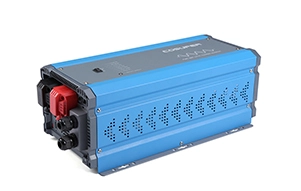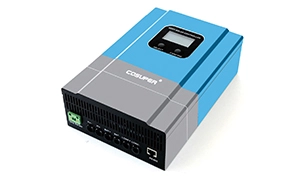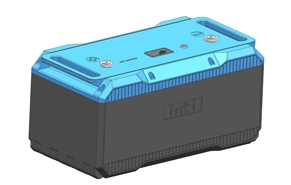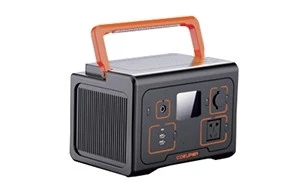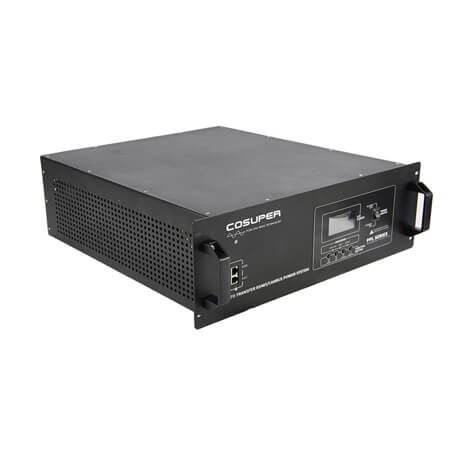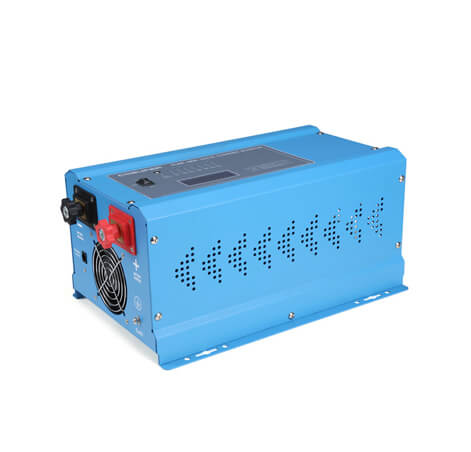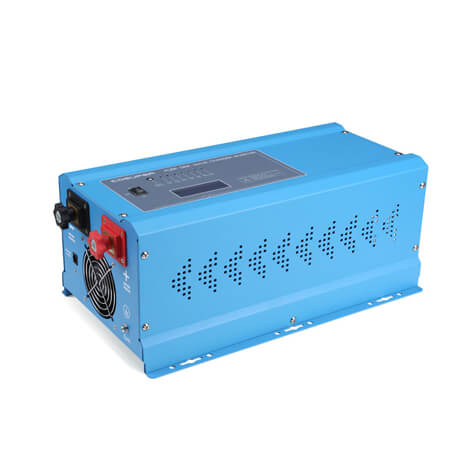Solar energy is widely used in our daily lives. People can choose to store solar energy or supply it to the city grid. But you need to choose the appropriate solar inverter for it. There are now two main types of solar inverters: hybrid inverters and grid-tie inverters.
The definitions of hybrid inverters and grid-tied inverters
Hybrid Inverters
A hybrid inverter is a multifunctional inverter that converts AC power into DC power and can also convert DC power into AC power. It consists of a special circuit that can perform multiple functions, including power regulation, voltage control, frequency control, phase adjustment, power factor control, etc. Hybrid inverters have advantages such as high efficiency, wide adjustment range, low cost, and are therefore widely used in automobiles, ships, power systems, industries, and household appliances.
Grid-tie Inverters
A grid-tie inverter is a device that can convert solar panels or other renewable energy sources into AC power. It can convert DC power into AC power and input it into the grid. By using a grid-tie inverter, DC power can be converted into AC power and input into the grid to meet the user's electricity needs.
Differences between hybrid inverters and grid-tie inverters
A hybrid inverter combines grid-tie and off-grid inverters in one. Off-grid solar inverters are used to store solar energy and grid electricity into a battery system, and the main function of this inverter is to store power in the battery. When the city grid is down, people can use the power from the batteries. Inside the solar inverter, there is a built-in solar charger controller, which we call a hybrid inverter. This means the inverter and solar charger controller are combined as one unit; solar charging and city grid electricity charge the battery system. If the city grid power is always off and not strong enough at your location, then a hybrid inverter is suitable for you.
A grid-tie inverter does not store power in a battery system; instead, it feeds the solar power into the city grid. Therefore, the main function of a grid-tie inverter is to feed solar power to the city grid. In this process, you can use a meter to calculate how much power is fed to the city grid, so you can earn money from the government. Or you can choose not to charge for this power but reduce your grid electricity bill. For example, in Malaysia, the city grid is strong enough but there is a shortage of power, so the Malaysian government encourages people to supply solar energy to the grid.

 English
English 